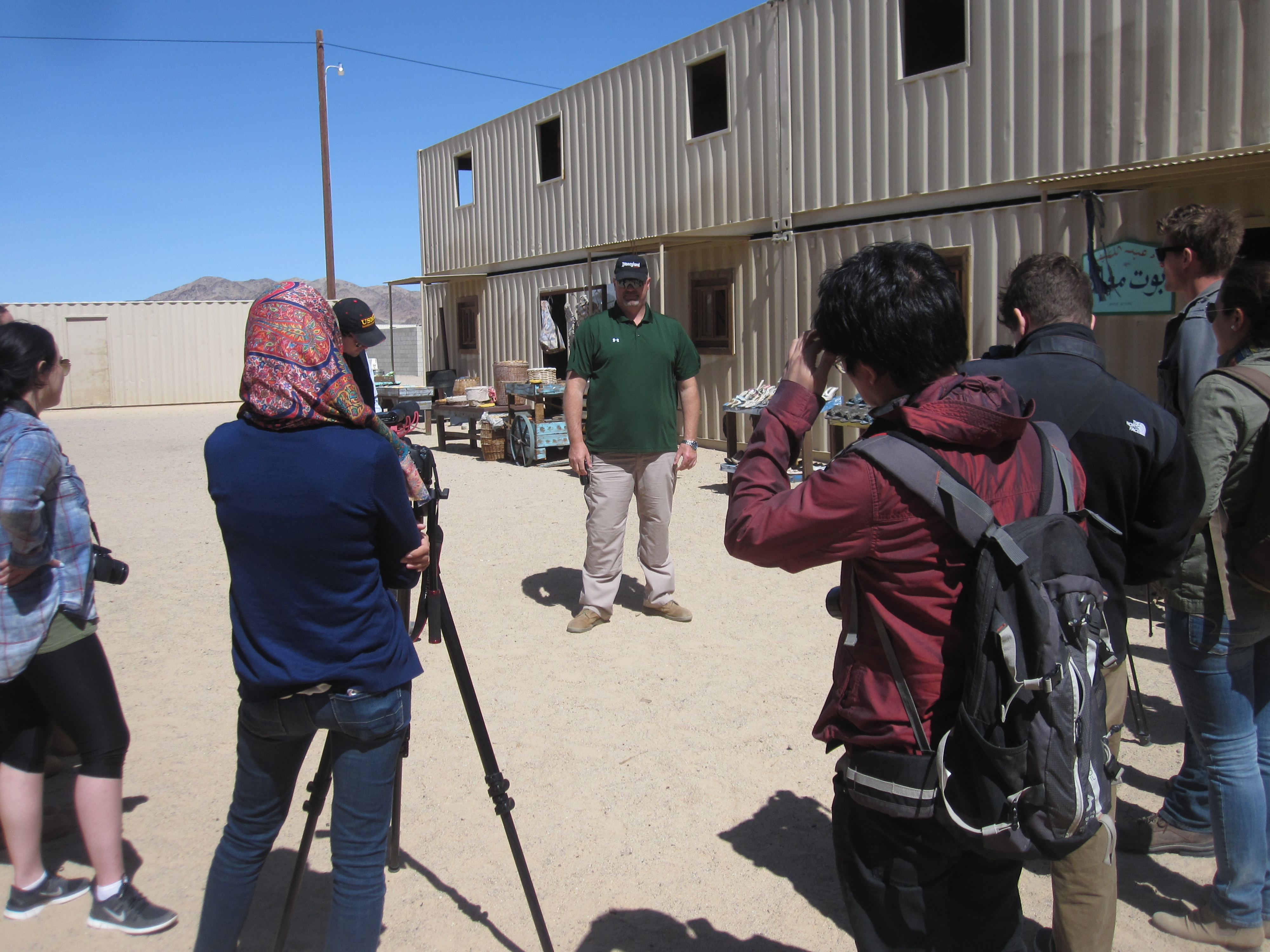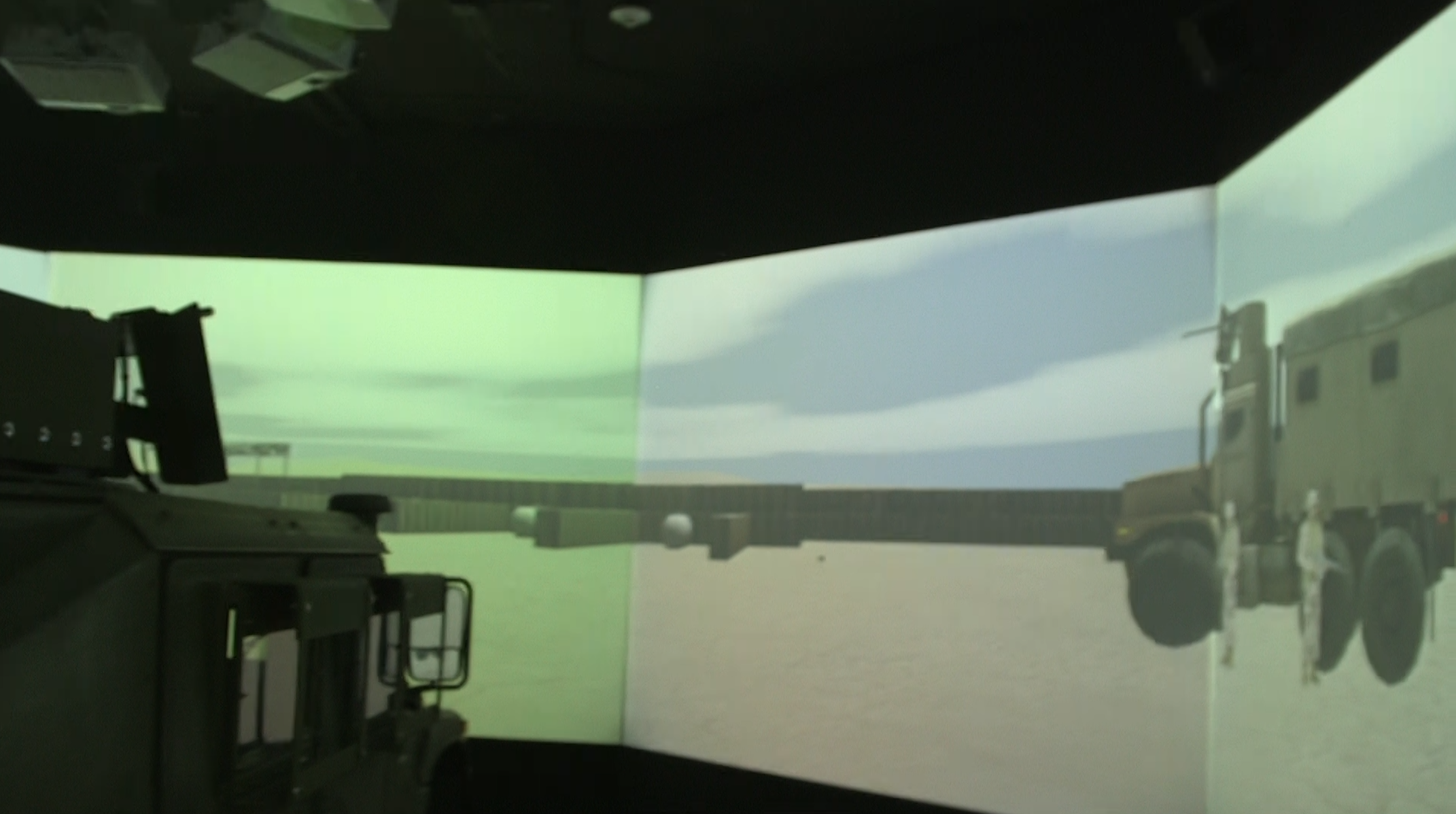TWENTYNINE PALMS, Calif. – Getting stationed in California should sell itself: Sun, sand and mountains. But that’s not the case for some Marines assigned to Twentynine Palms Marine Air Ground Task Force Training Command and Combat Center — an hour northwest of Palm Springs in Southern California.
The base is centrally located between the mountains, ocean, Las Vegas, San Diego and Los Angeles, but all are several hours away. The nearby town of Twentynine Palms – population 26,000 — offers few entertainment options, especially for young Marines without a car.
Some Marines describe Twentynine Palms as a “difficult duty” station because of the limited free-time activities. Others see the isolation as a tradeoff to get the exceptional training offered at the base.
“I did not pick it, but you know you’ll be the best if you go here,” said Pfc. Ryan May, who works with heavy artillery. “So, you can’t really be mad about it.”
May and others said the opportunities to hone their training are almost as boundless at Twentynine Palms as the base itself. It is slightly bigger than Rhode Island, offering Marines the chance to do live fire exercises daily.
“That’s what the Marines like to do: Make things go boom,” said Mike King, a former Marine who served 15 of his 20 years at Twentynine Palms. “You can’t do the things we do here on this base anywhere else so it’s practical application of what they’ve been trained to do.”
The U.S. government created Twentynine Palms in 1949 because more live-fire ranges were needed for training. Many Marines not stationed there often cycle through it for training. The Integrated Training Exercise is a month long program focusing on warfare maneuvers for global operations. Currently, the base is used for pre-deployment training for missions in the Middle East. The desert terrain at Twentynine Palms mimics conditions troops will face in places like Iraq and Afghanistan. Exercises also are conducted in a mock Middle Eastern village on the base.
The size of the base allows Marines to do more than just shoot large guns. The desert space also gives tank units room to practice moving their machines, which can be limited on other bases. Fewer space restrictions give the Marines more opportunity to see how the tanks perform, move and break down.
Tank mechanic Staff Sgt. Adam McPherson chose to be stationed at Twentynine Palms because of the hands-on experience it would provide.
“The tanks get used a lot,” he said. “We go to the field quite often out there and mechanics get that first-hand experience fixing them.”
McPherson believes because there are so many field exercises at the base he has more knowledge about his vehicle than a Marine who has not been stationed at Twentynine Palms.
The base also features the largest urban warfare training center, Range 220, in the Department of Defense, not just the Marine Corps, according to King.
“When you’re talking Range 220 here in Twentynine Palms, 1,500 buildings compose the size of about downtown San Diego. There’s no other place on the planet you can get this type of training.”
But after the training ends, the boredom begins – at least for some Marines. Most are males between the ages of 19 and 24, according to King. About 7,000 of the 10,500 Marines are single, said Capt. Justin Smith, the base’s public affairs officer. Drive around the city of Twentynine Palms and you will find many tattoo parlors and barbers, but you will not see any of the strip parlors that cater to many other military bases.
“Twentynine Palms, the city itself, is more family-oriented,” said King.
With limited entertainment options round the base, boredom can drive Marines to extremes. There is a saying at Twentynine Palms: Marines either become drinkers, gym rats or find religion.
Capt. Jonathan Zarling admitted single Marines can struggle with their social lives.
“You’ve got to travel to it,” he said. “Single guys on the weekend are usually wondering, ‘What do I do?’”
“We have each other out here to hang out with,” said Cpl. Jacob Evans. “We’ll just hang out at each other’s houses and grill, have a few drinks.”
For some, the desert has advantages for entertainment.
“I actually enjoy it because I’m a dirt bike rider,” said Sgt. Ricky Bajo. “There are a lot of dirt places here.”
Bajo has spent six years at Twentynine Palms and rides his dirt bike almost every weekend. Other Marines said they found the seclusion of the desert and base comforting.
“I like it here because I come from a small town where I was already isolated,” said McPhearson, who also has spent six years on the base. “The quiet is nice. I don’t like the hustle and bustle of the city, so for me it’s OK.”
The base offers discount entertainment options. There is a movie theater where Marines can see first run movies, restaurants, a fitness center, clubs, concerts, sporting events, stories, classes and seminars. Different commands throughout the Marine Corps also host various functions depending on the amount of recreational funds they receive, including day trips to popular destinations said Smith.
King advises young Marines to save money to buy a reliable car so they can take advantage of the ocean, mountains and big cities all a few hours’ drive from the base.
“If you cannot find something to do, you’re not trying hard enough,” he said.




























